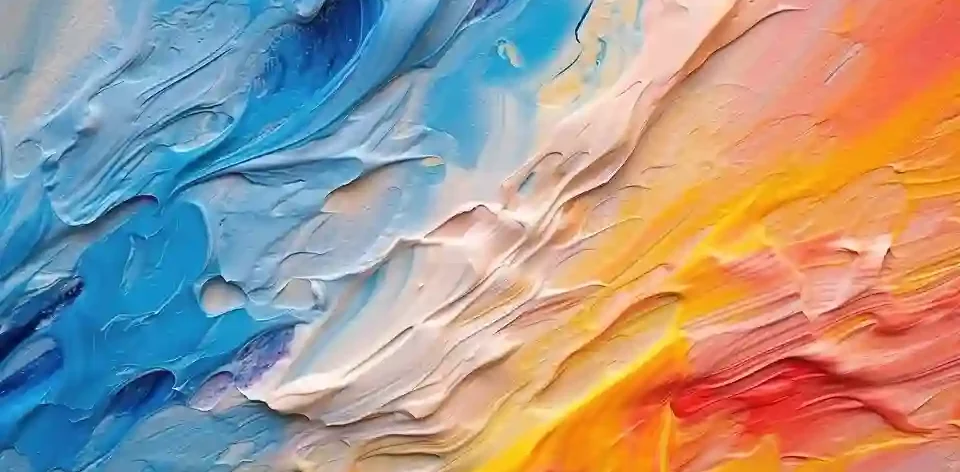Surrealism is an artistic movement that challenges the boundaries of reality and invites viewers to enter the realm of dreams, fantasies, and the subconscious mind. While realism in oil painting seeks to capture the world as it appears, surrealism delves into the world of the imagination and the inexplicable. In this article, we will journey into the world of surrealism in oil paintings, exploring its origins, techniques, and the ways in which artists bring the surreal to life on canvas.
1. Surrealism Origins:
Surrealism emerged in the early 20th century as a response to the rationalism and logic that dominated society. Artists, poets, and writers sought to tap into the irrational and the dreamlike, drawing inspiration from the works of Sigmund Freud and his exploration of the unconscious mind.
2. Imagination Unleashed:
At the heart of surrealism is the liberation of the imagination. Surrealist artists aim to go beyond the constraints of reason and realism to explore the irrational, the strange, and the fantastical. This artistic movement encourages artists to embrace the bizarre and the unexpected.
3. Techniques of Surrealism:
Surrealist artists employ a range of techniques to create their dreamlike worlds:
- Juxtaposition: Surrealism often involves placing incongruous or unrelated objects, beings, or scenes side by side to create a sense of surprise and intrigue.
- Metamorphosis: Transformations and metamorphoses are a common theme in surrealism. Objects or creatures may morph into something entirely different.
- Distortion: Artists frequently distort and exaggerate proportions and perspectives to create a sense of otherworldliness.
- Automatic Drawing: Surrealists often engage in automatic drawing, allowing their subconscious mind to guide their hand without conscious control.
- Dreamlike Imagery: Dreams, nightmares, and altered states of consciousness are rich sources of inspiration for surrealism.
- Symbolism: Surrealists make extensive use of symbolism to convey hidden meanings and emotions.
4. Psychological Exploration:
Surrealism is deeply rooted in psychology, particularly in the exploration of the subconscious. Artists often use dream imagery and symbols to delve into the complexities of the human psyche. Surrealist paintings invite viewers to interpret the hidden meanings and emotions within the artwork.
5. Salvador Dalí: The Iconic Surrealist:
Salvador Dalí is one of the most iconic figures of surrealism. His works, such as “The Persistence of Memory,” are renowned for their dreamlike quality and meticulous detail. Dalí’s paintings often feature melting clocks, distorted landscapes, and bizarre, elongated forms.
6. Rene Magritte: The Master of Illusion:
Rene Magritte is another celebrated surrealist known for his paradoxical and thought-provoking artworks. His painting “The Treachery of Images” famously depicts a pipe with the caption “Ceci n’est pas une pipe” (This is not a pipe), challenging viewers to question the nature of representation and reality.
7. Contemporary Surrealism:
Surrealism continues to thrive in contemporary art, with artists exploring new ways to push the boundaries of the imagination. Contemporary surrealists draw on a wide range of influences, from pop culture to technology, to create surreal narratives and visions.
8. Oil Painting in Surrealism:
Oil painting is a favored medium in surrealism due to its versatility and the ability to achieve intricate details and vibrant colors. Surrealist oil paintings often feature meticulous rendering and a rich palette to create a sense of depth and texture.
9. Interpretation and Ambiguity:
One of the hallmarks of surrealism is its capacity for interpretation and ambiguity. Surrealist artworks often challenge viewers to unravel the mysteries hidden within the canvas. The surreal invites multiple readings and perspectives, fostering a sense of wonder and curiosity.
10. The Sublime and the Absurd:
Surrealism explores the juxtaposition of the sublime and the absurd. In one moment, a painting may evoke a sense of awe and wonder, while in the next, it may surprise with its absurdity and unpredictability. This duality is a hallmark of the surreal.
11. Expressing the Inexpressible:
Surrealism provides a platform for artists to express the inexpressible—the thoughts, feelings, and ideas that defy conventional representation. It allows for the exploration of the unknown and the limitless potential of the imagination.
Conclusion:
Surrealism in oil painting is a celebration of the extraordinary, the inexplicable, and the irrational. It invites artists and viewers alike to journey beyond the boundaries of reality and into the depths of the imagination. Surrealism challenges us to question the nature of reality and to explore the hidden recesses of our own minds.
Whether it’s the dreamlike landscapes of Dalí, the paradoxes of Magritte, or the contemporary visions of emerging surrealists, surrealism in oil art continues to captivate, intrigue, and challenge our perceptions. It is a testament to the boundless creativity of the human spirit and the power of art to transport us to realms beyond the ordinary.
So, the next time you encounter a surreal oil painting, allow yourself to embrace the bizarre, the unexpected, and the enigmatic. Surrealism invites you to journey beyond realism and into the realm of dreams and imagination.





